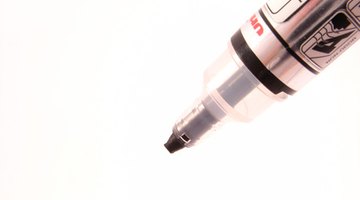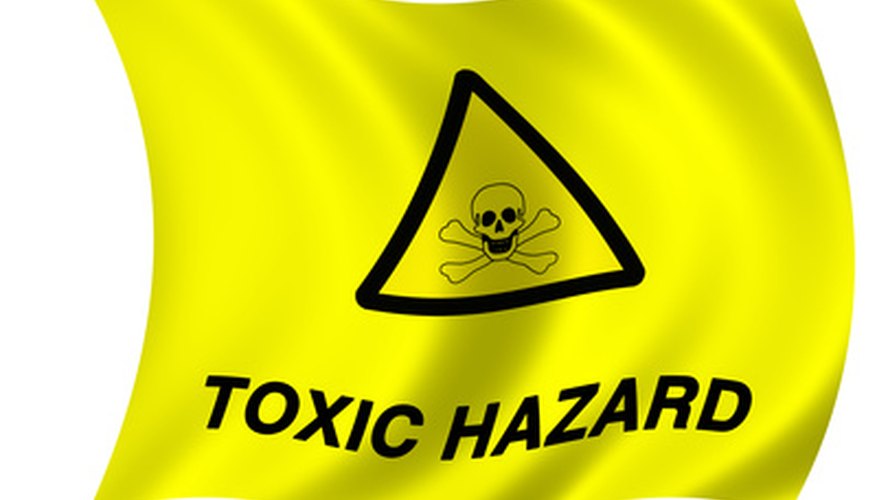Denatured alcohol has a plethora of uses for home and industry. Used frequently as a solvent, denatured alcohol is also helpful in household cleaning because its grease-cutting properties surpass ordinary soaps and detergents. It's also used as rubbing alcohol and as fuel for camp stoves. All denatured alcohols---such as ethanol, methanol, ethyl acetate and rubbing alcohol---are classified as hazardous waste by the Resource Conversation Recovery Act (RCRA) because of their highly flammable properties. Great care must be taken in their disposal.
- Denatured alcohol has a plethora of uses for home and industry.
- All denatured alcohols---such as ethanol, methanol, ethyl acetate and rubbing alcohol---are classified as hazardous waste by the Resource Conversation Recovery Act (RCRA) because of their highly flammable properties.

Keep the preparation area free of flames, sparks or other heat sources. This includes gas pilot lights and tobacco smoke. Make your workspace well-ventilated.

Place a leakproof container on the floor. It must be large enough to contain the amount of denatured alcohol on hand, plus enough sand, dirt or plain cat litter to absorb the liquid. Many denatured alcohol products include ethanol. Ethanol is classified by Columbia University as "a flammable liquid ... forbidden from entering the public sewer." Thus, even a small amount must be disposed of properly.

Pour the denatured alcohol into the container. Protect your eyes and hands, and do not splash the alcohol onto your skin or your clothes.
- Place a leakproof container on the floor.
- Pour the denatured alcohol into the container.

Transfer the absorbed alcohol and sand into a glass or metal container. Seal the container's lid, and keep it tight. If the container leaks or seems compromised, replace it at once.

Label the container. Use labelling material, such as masking tape or sticker paper, to identify the denatured alcohol inside the container. Write the product's name if you don't know the exact chemical content of the solution.
- Transfer the absorbed alcohol and sand into a glass or metal container.
- Use labelling material, such as masking tape or sticker paper, to identify the denatured alcohol inside the container.

Contact your area waste disposal service, such as the city dump, and learn where and when hazardous waste materials may be brought for disposal. Store the sealed waste container in a cool, dry place until it can be taken for disposal.
WARNING
Denatured alcohol poses serious health hazards. These include nausea, dizziness or drowsiness from ingestion of alcohol or inhalation of its fumes, skin dehydration or eye irritation. Wear eye protection, breathing apparatus and heavy-duty gloves when you handle denatured alcohol.
